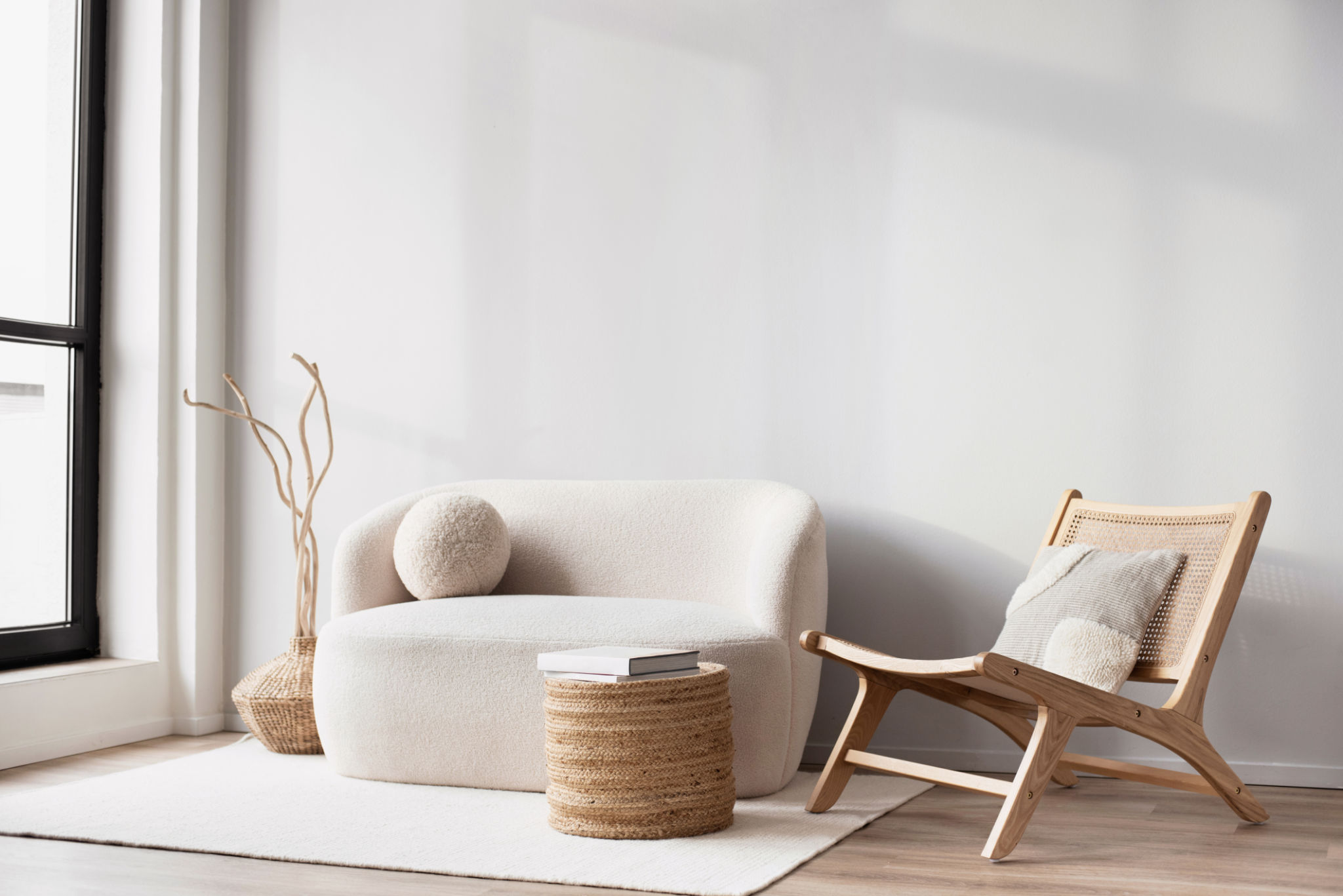Innovative Trends in Modern Architecture Across the UK
Embracing Sustainability in Architectural Design
One of the most significant trends in modern architecture across the UK is the emphasis on sustainability. Architects are increasingly integrating eco-friendly materials and energy-efficient technologies into their designs. This shift towards sustainability is not just about reducing carbon footprints; it’s about creating buildings that blend seamlessly with their natural surroundings while minimizing environmental impact.
The use of sustainable materials, such as reclaimed wood and recycled metal, has become a hallmark of innovative architecture. Moreover, technologies like solar panels and rainwater harvesting systems are being incorporated into new buildings to promote energy efficiency. These advancements are crucial in the UK’s commitment to reducing greenhouse gases and promoting a greener future.

The Rise of Smart Buildings
Smart buildings represent another groundbreaking trend in UK architecture. These structures utilize advanced technology to enhance the living and working experience, offering conveniences that were once thought to be futuristic. From automated lighting and climate control to integrated security systems, smart buildings provide occupants with unprecedented control over their environment.
The integration of Internet of Things (IoT) devices within these structures allows for real-time data collection and analysis, which can optimize energy usage and reduce operational costs. This not only benefits building owners but also contributes to a more sustainable approach to urban development.
Adaptive Reuse: Breathing New Life into Old Structures
Adaptive reuse is gaining traction in the UK as architects find innovative ways to repurpose existing buildings. This approach not only preserves cultural heritage but also reduces the need for new construction and the associated environmental impact. By transforming old industrial sites, warehouses, and historic landmarks into functional spaces, architects are maintaining the architectural legacy while meeting contemporary needs.

Projects like transforming old factories into apartments or converting historic mansions into boutique hotels are perfect examples of adaptive reuse. These initiatives showcase how creativity can bridge the past and present, offering unique solutions that respect history while serving modern purposes.
Minimalist Aesthetics with a Modern Twist
Another trend shaping the architectural landscape of the UK is the adoption of minimalist aesthetics. This design philosophy emphasizes simplicity, clean lines, and a seamless connection between indoor and outdoor spaces. The modern twist on minimalism often involves the use of cutting-edge materials and technology to create functional yet aesthetically pleasing environments.
Large glass facades, open floor plans, and neutral color palettes are typical features of minimalist architecture. By focusing on these elements, architects create spaces that are not only visually appealing but also enhance the well-being of their occupants through natural light and spaciousness.

Community-Centric Urban Design
Finally, community-centric urban design is becoming increasingly popular across the UK. This trend focuses on creating spaces that foster social interaction and community engagement. Public spaces such as parks, plazas, and communal gardens are being integrated into urban developments to encourage connectivity among residents.
Architects are also designing mixed-use developments that combine residential, commercial, and recreational areas to create vibrant communities. By prioritizing pedestrian-friendly environments and accessible public transport, these designs aim to enhance the quality of life for urban dwellers while promoting sustainable urban growth.
